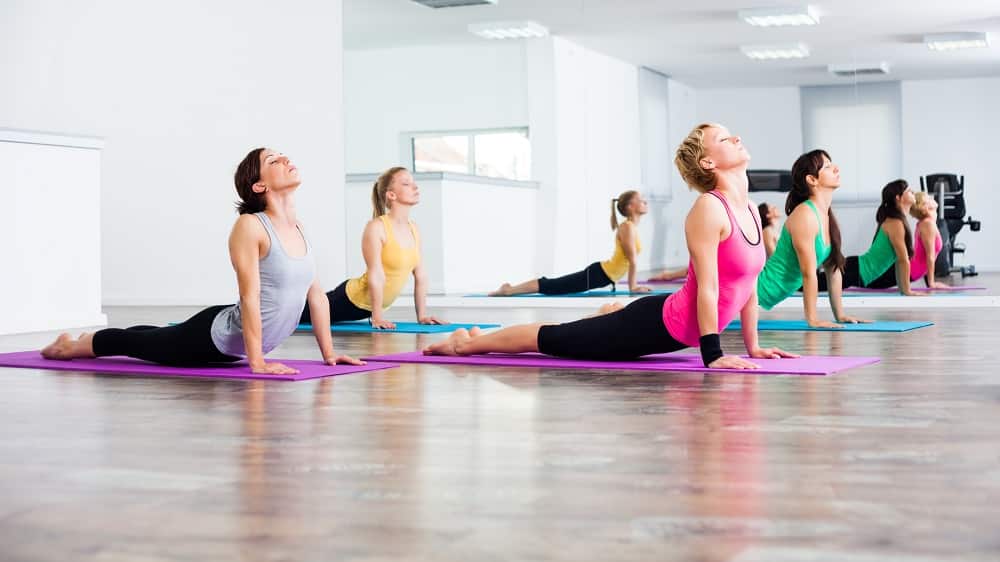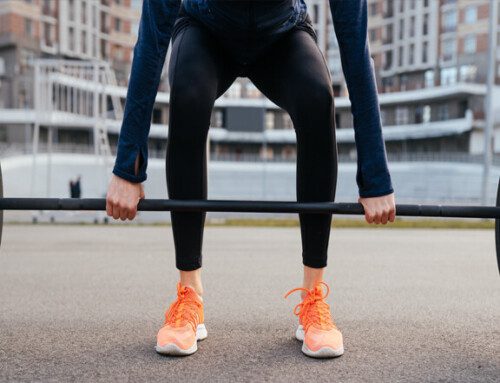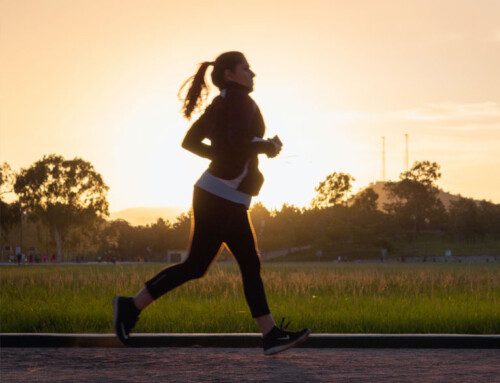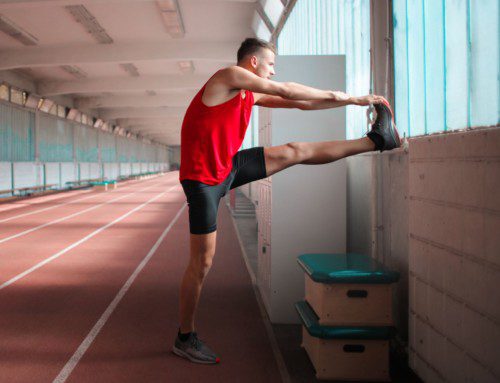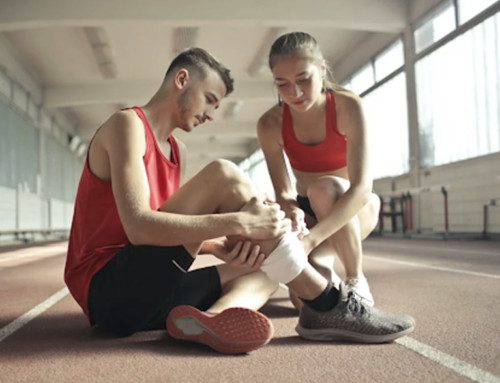This is an interview with Alia Khan.
Alia is the owner, instructor, and recovering attorney at East Side Yoga in DC. We will discuss some of the benefits and considerations of this group fitness practice.
Belinda: What is the philosophy or main principles behind yoga?
Alia: At its core, yoga is about the connection between mind and body. It's a practice that allows you to essentially "shut off" the part of your mind that is usually in overdrive all day long while you focus on the movements and functions of the body by moving through poses and working with your breath. The result is an incredible stress relief and mental clarity, in addition to the physical benefits that the style of yoga you choose offers. There are MANY schools of thought that go well beyond this concept, but I believe this to be the pillar that connects all of the different styles and philosophies of yoga.
Belinda: What are some of the benefits of yoga?
Alia: Improved strength, balance, and flexibility. These three benefits can translate into huge changes in people's bodies: less pain, better sleep, improved performance in other types of physical activities (like running), even increased muscle tone and weight loss. Yoga can also help improve circulation, posture, and general mobility. Stress-relief and increased mental clarity are some of the most commonly reported mental benefits among yoga students. And emotionally…if you let it, the yoga practice can really help you sort through difficult emotional situations. Many people find that practicing yoga brings up emotions that are pent up inside – sometimes, emotions that they did not even realize were there. This is usually followed by a release of those emotions – often in the form of tears. This catharsis may be disconcerting at first, especially if it's unexpected, but my students always tell me that they feel better afterward. Personally, my yoga practice helped me manage my grief through one of the most difficult periods of my life.
Belinda: Are there any ways yoga can be therapeutic?
Alia: Absolutely. On a physical level, many people turn to yoga to help enhance work they are doing with a chiropractor or physical therapist, to help regain mobility after an injury, or to ease pain or tightness caused by anything from a car accident to sitting at a desk for too many hours each day. Yoga is also a fabulous tool to help people sleep better. On the mental and emotional levels, a number of therapeutic specialties have developed within the yoga world: you can find classes designed for those suffering from depression, PTSD, for people recovering from cancer, dealing with a past trauma…the list goes on and on.
Belinda: Who can benefit from yoga?
Alia: EVERYONE. Seriously. Not to sound like a total downer, but the truth is that we're all in some kind of pain – mental, emotional, physical. And not to sound like a total evangelist, but yoga can honestly help with all of them. Whether you're trying to ease an achy back, stressed-out mind, or broken heart, yoga can offer tools to help you manage and potentially heal the pain.
Belinda: How does someone practicing yoga know when and how to modify their movements or poses? Are there any movements or poses that people with current or previous injuries should avoid?
Alia: These are big questions whose answers are different for every person. If you have any kind of injury or mobility issue that affects your ability to move any part of your body in any way, you should be sure to discuss this with your teacher BEFORE class so that she/he can show you the modifications that would be best for you. I always recommend at least one private session for those who are new to yoga and suspect that they will need to modify in any way for any reason. Modifications are best recommended on a one-on-one basis, once a teacher has had a chance to discuss your situation thoroughly with you and observe you move through the practice. This is why private sessions are ideal; but of course, they don't fit into every budget. If that's the case with you, then make sure to take the time to chat with your teacher before you get started.
Belinda: What should people look for when seeking a yoga studio or group yoga class to join?
Alia: As with any type of self-care activity, whether it's a workout or diet or anything else, I think the most important thing is to find an option that is sustainable for YOU. So find a workout that you actually enjoy (rather than one you'll dread each week), or a diet that you will actually stick to (rather than one that makes you miserable). When it comes to yoga classes, there are a lot of factors that play into finding the right fit: teacher's personality and language, difficulty level of the class, style of yoga (for instance: heated or not? Do you do the same sequence each time or do they change it up?), type of music, location, quality of the space, the community around the studio.

